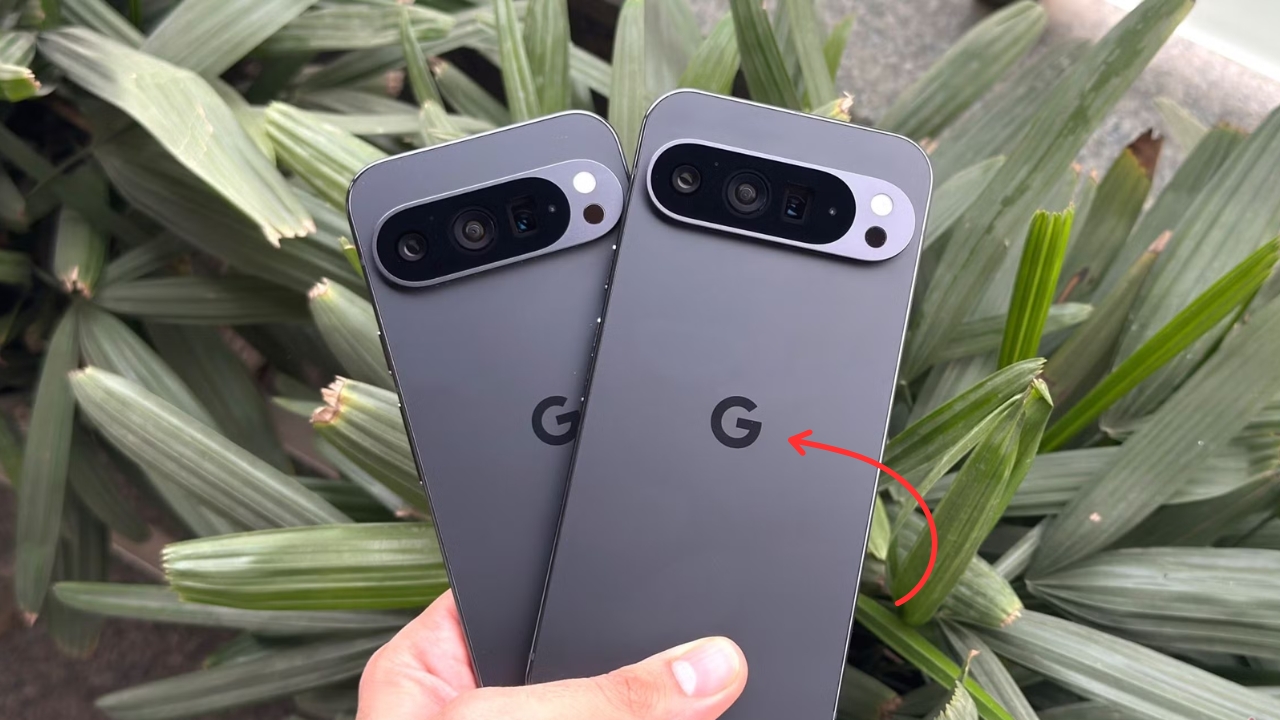If you’ve been waiting for Google’s next flagship phone, you won’t have to wait much longer. The Pixel 10 Pro is set to make its debut on August 20, 2025, at Google’s Made by Google event, with phones likely hitting store shelves just a week later on August 28th.
When Can You Actually Buy It?
Google has confirmed its August 20th event, breaking from their traditional October launches that we’ve grown accustomed to over the years. This earlier timing follows the same pattern they established with the Pixel 9 series, and honestly, it makes sense – why wait for fall when you can capture those summer upgrade cycles?
Pre-orders are expected to open on the same day as the announcement, so if you’re planning to grab one, mark your calendar for that Tuesday afternoon livestream.
How Much Will It Cost You?
Here’s some good news for your wallet. European pricing leaks suggest the Pixel 10 Pro will stick with the same $999 starting price as its predecessor. After watching prices climb year after year, this feels like a breath of fresh air.
The base model will likely come with 128GB of storage, with options climbing up to a whopping 1TB for those who never want to delete a photo again. You’ll have your choice of 128GB, 256GB, 512GB, and 1TB storage options, though we’re still waiting to see which colors pair with which storage sizes.
One interesting tidbit: the foldable Pixel 10 Pro Fold might actually get cheaper, dropping $200 to $1,599, which could make Google’s foldable more competitive against Samsung’s offerings.
What’s Actually New This Time?
Let’s be honest – if you’re expecting a dramatic redesign, you might be disappointed. The Pixel 10 Pro looks almost identical to the Pixel 9 Pro, with Google playing it extremely safe on the design front.
The phone keeps the same 6.3-inch display size and that distinctive camera bar shape that’s become Google’s signature look. The main visible differences are tiny: the SIM slot moved to the side, slightly smaller bezels around the rear camera glass, and the whole phone is just 0.1mm thicker.
But don’t let the similar looks fool you – there are meaningful upgrades under the hood.
The Big Performance Leap
The most exciting change isn’t what you can see, but what’s powering everything. The Pixel 10 Pro will run on Google’s new Tensor G5 chip, which marks a major shift from Samsung manufacturing to TSMC. This isn’t just a technical detail – it could mean significantly better performance and efficiency.
Previous Tensor chips have been solid but never quite matched the raw power of competitors like Apple’s A-series or Qualcomm’s Snapdragon flagships. The switch to TSMC’s advanced 3nm process could finally put Google’s phones on equal footing performance-wise.
You’ll also get 16GB of RAM, which should make multitasking smoother and help with Google’s increasingly sophisticated AI features.
Camera Improvements That Actually Matter
While the camera setup looks similar from the outside, Google appears to be focusing on the features that people actually care about. The big news is dramatically improved video stabilization, reportedly matching the smoothness of a professional gimbal like the DJI Osmo Mobile 6.
This is huge for anyone who shoots video on their phone. Google’s cameras have always excelled at photos, but video quality has lagged behind iPhones. If these stabilization improvements are real, it could finally close that gap.
The Pixel 10 Pro models might also get an enhanced Video Boost feature that can upscale 4K footage to 8K using Google’s cloud processing, though you’ll need an internet connection to use it.
Battery Life Gets Better
The Pixel 10 Pro is getting a larger 4,870 mAh battery, up from the 4,730 mAh in the current model. That might not sound like much, but combined with the more efficient Tensor G5 chip, it should translate to noticeably better battery life.
Charging speeds remain the same though – 29W wired and 15W wireless – which feels a bit slow compared to some Android competitors that can charge at 65W or even 100W. But Google has always prioritized battery longevity over charging speed.
Software and AI Features
The phone will launch with Android 16, giving you access to all the latest features and security improvements. Google’s promise of seven years of updates means this phone will stay current until 2032, which is pretty incredible when you think about it.
The real excitement will be in Google’s AI features, though specific details are still under wraps. Expect improvements to features like Magic Eraser, Live Translate, and whatever new AI tricks Google has been cooking up.
Colors and Availability
Google will offer the Pixel 10 Pro in Sterling Gray, Light Porcelain, Midnight, and Smokey Green. The color names might sound fancy, but they represent Google’s typical understated approach to phone design – think elegant rather than flashy.
Should You Wait or Upgrade Now?
If you’re using a Pixel 7 or older, the Pixel 10 Pro will feel like a significant upgrade. The new Tensor G5 chip alone should provide a noticeable performance boost, and the improved cameras and battery life are compelling reasons to upgrade.
For Pixel 9 Pro owners, the decision is trickier. The improvements are more incremental, and unless you’re particularly frustrated with video quality or battery life, you might want to wait another year.
Google Pixel 10 Pro
The Pixel 10 Pro might not reinvent the smartphone, but it appears to address the main weaknesses of previous Pixels: performance, video quality, and battery life. With the August 20th announcement just around the corner, we’ll soon know if Google’s latest flagship can finally compete with the best phones from Apple and Samsung.
For Google fans who’ve been waiting for a Pixel that doesn’t compromise on performance, this might finally be the one. Just don’t expect any design surprises – Google is clearly betting that what’s inside matters more than what’s outside.
